Effective Waterproofing Solutions

Applying waterproofing before construction begins ensures protection from moisture penetration during building. Ideal in dry, mild weather conditions.

Performed after construction, this method addresses existing moisture issues. Best during dry seasons to ensure proper adhesion and curing.
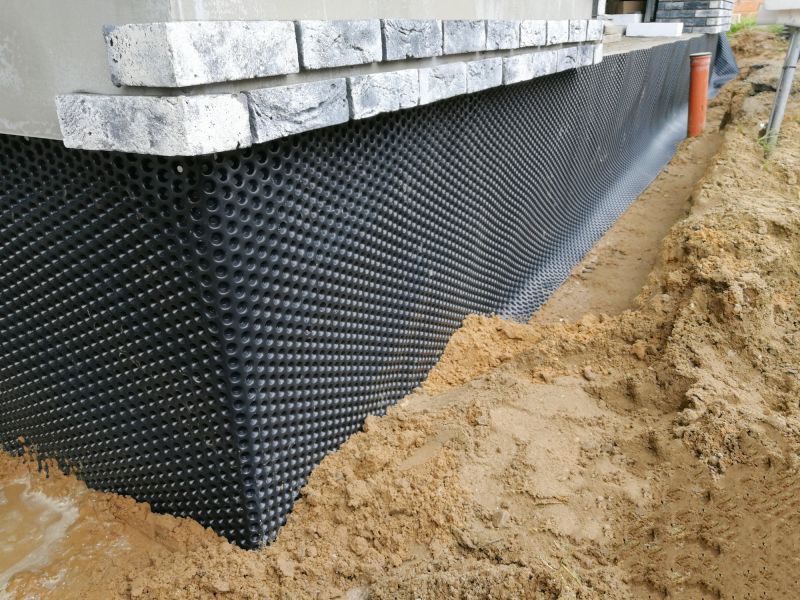
Spring and early fall are optimal for waterproofing projects due to moderate temperatures and low precipitation.

Ways to make Waterproofings work in tight or awkward layouts.

Popular materials for Waterproofings and why they hold up over time.

Simple add-ons that improve Waterproofings without blowing the budget.
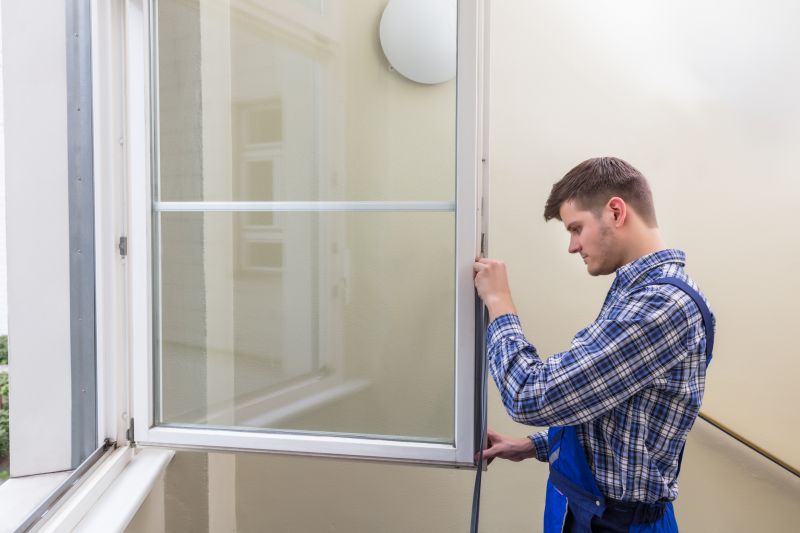
High-end options that actually feel worth it for Waterproofings.

Finishes and colors that play nicely with Waterproofings.
Waterproofing is a crucial process that prevents water ingress in structures, helping to preserve integrity and prevent damage. It involves applying specialized materials to surfaces to create a barrier against moisture. Proper waterproofing extends the lifespan of buildings, reduces maintenance costs, and protects interior spaces from water-related issues.
Statistics indicate that waterproofing can reduce water damage costs by up to 80 percent. Proper timing and application methods are essential to maximize effectiveness. Weather conditions, temperature, and humidity levels significantly influence the success of waterproofing projects. Conducting waterproofing during favorable conditions ensures better adhesion and durability of the protective layers.
Prevents structural damage, reduces mold growth, and enhances energy efficiency.
Includes liquid membranes, sealants, and waterproofing membranes designed for various surfaces.
Surface cleaning, drying, and repair are essential steps before application.
Regular inspections and touch-ups extend the lifespan of waterproofing layers.
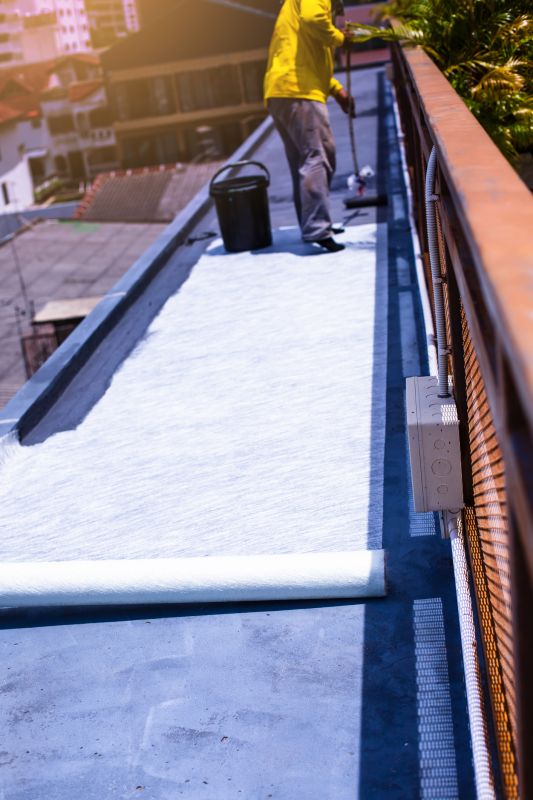
Optimal for ensuring proper curing and adhesion of waterproofing materials.

Spring and fall provide favorable conditions for effective application and long-lasting results.
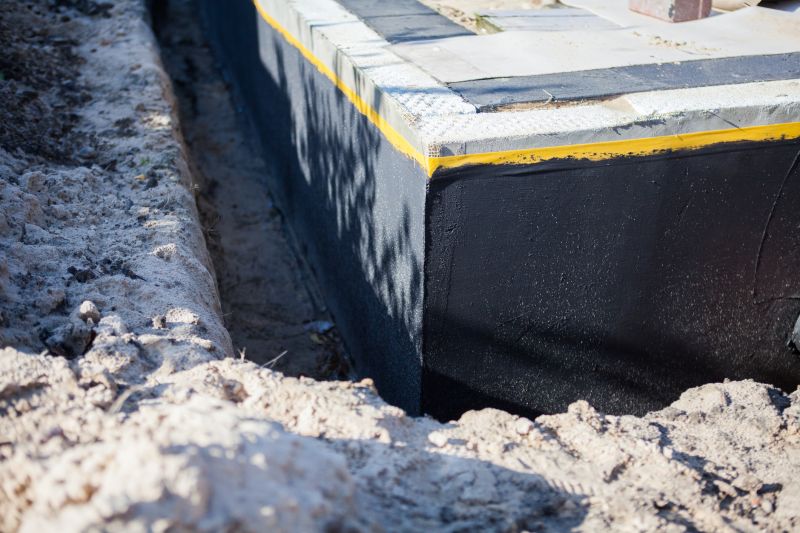
Generally avoided to prevent compromised adhesion and incomplete curing.

Planning projects during suitable weather windows enhances durability and performance.
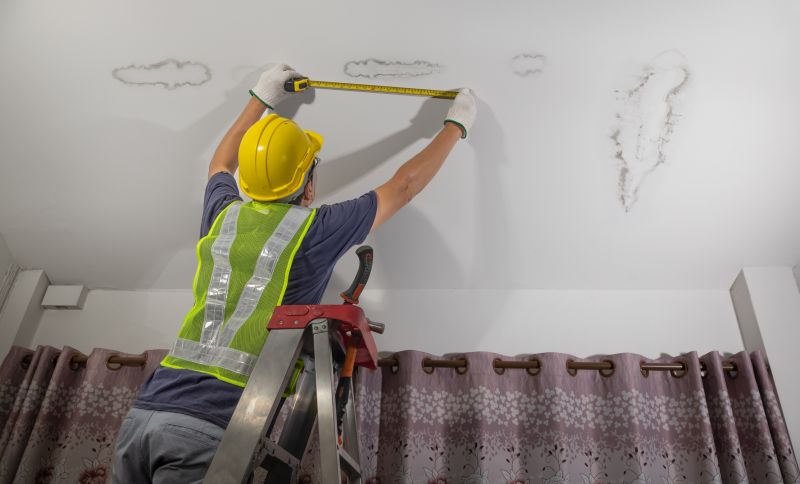
Little measurements that prevent headaches on Waterproofings day.
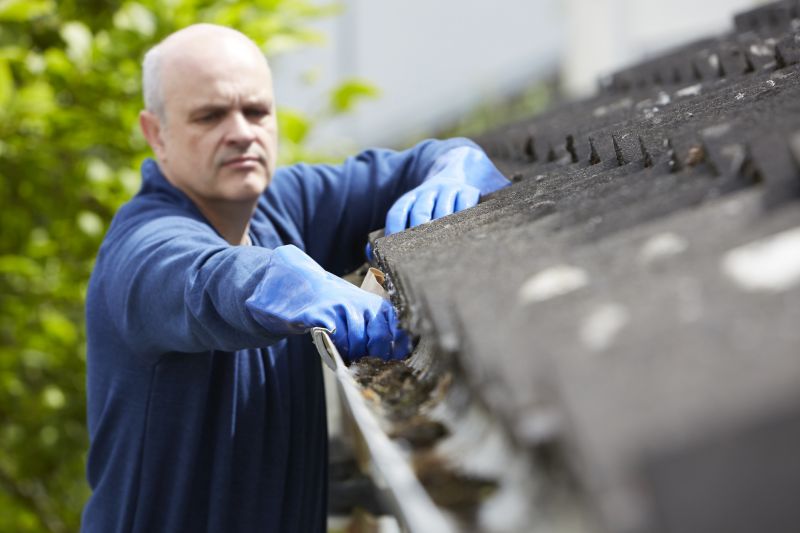
A 60-second routine that keeps Waterproofings looking new.
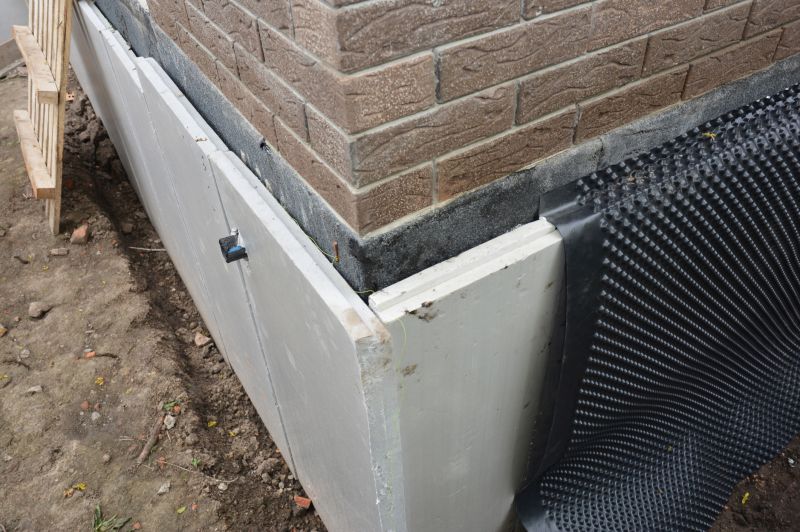
A frequent mistake in Waterproofings and how to dodge it.
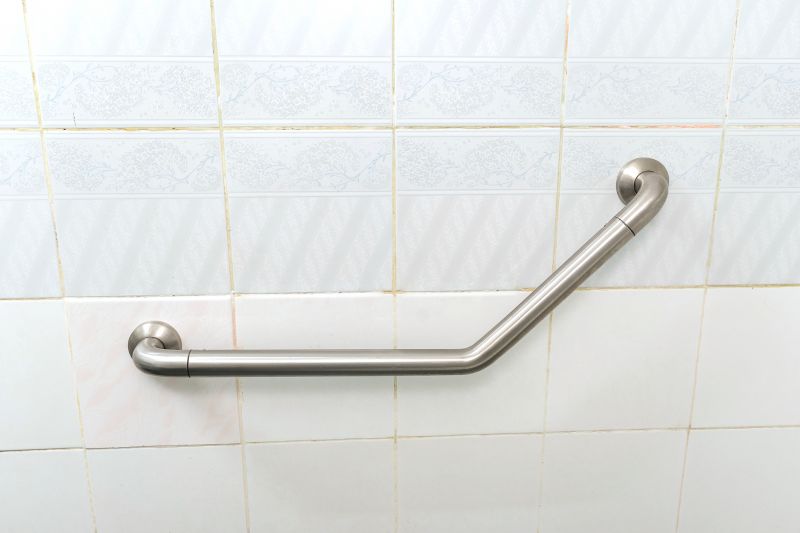
Small tweaks to make Waterproofings safer and easier to use.
| Season | Ideal Waterproofing Conditions |
|---|---|
| Spring | Moderate temperatures, low rainfall |
| Summer | High temperatures, dry periods preferred |
| Fall | Cooler weather, low humidity |
| Winter | Generally not recommended due to cold and moisture |
| Late Fall | Prepping surfaces before winter |
Choosing the right time for waterproofing projects ensures optimal results and longevity. Weather conditions play a vital role in the success of waterproofing applications. Dry, mild weather provides the best environment for materials to cure properly and adhere firmly to surfaces.

Application of liquid membranes on foundation walls.

Using sealants during optimal weather conditions for best results.

Applying waterproof membranes in suitable weather for durability.
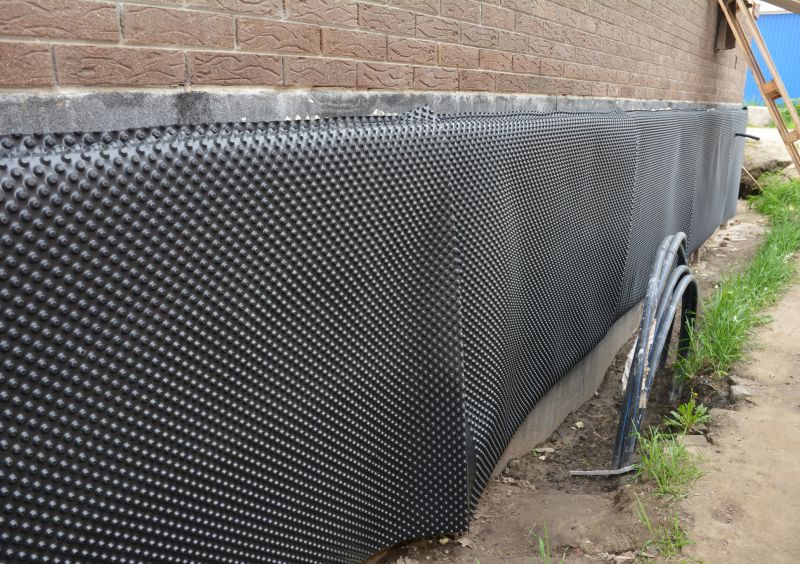
Ensuring proper adhesion and curing during dry seasons.

Lower-waste or water-saving choices for Waterproofings.

The short, realistic tool list for quality Waterproofings.
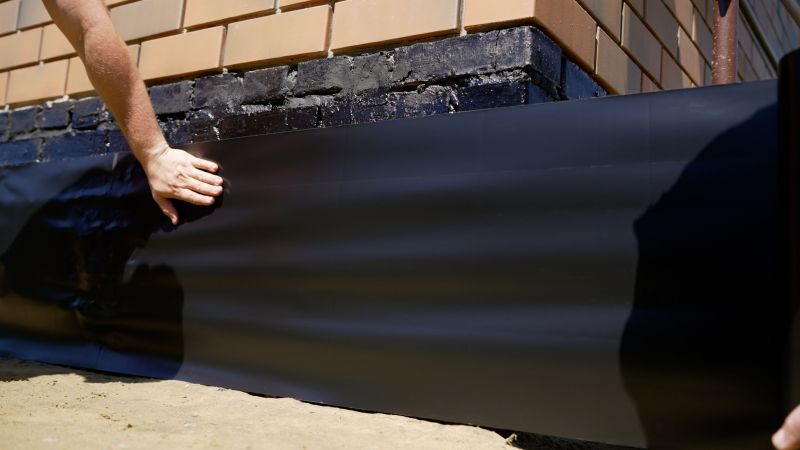
Rough timing from prep to clean-up for Waterproofings.
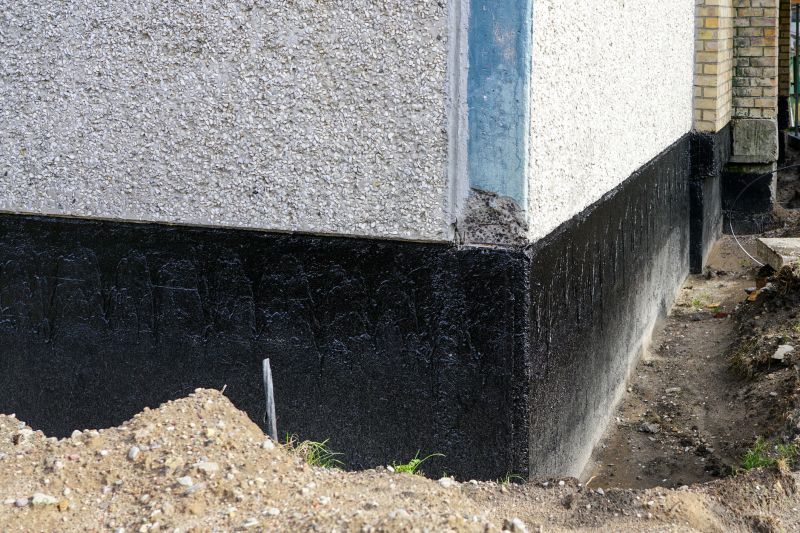
Quick checks and paperwork to keep after Waterproofings.
Proper timing for waterproofing projects is essential to maximize effectiveness and ensure long-term protection. Consulting with waterproofing professionals can help determine the best schedule based on local climate conditions.
Interested in waterproofing solutions? Filling out the contact form can provide more information and assistance tailored to specific needs and project timelines.



